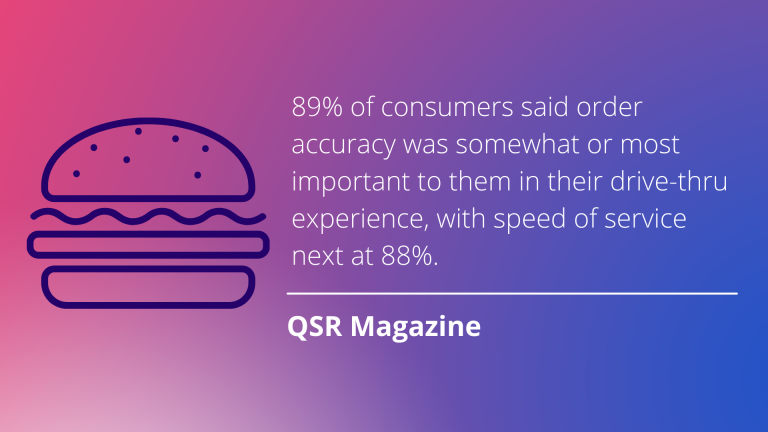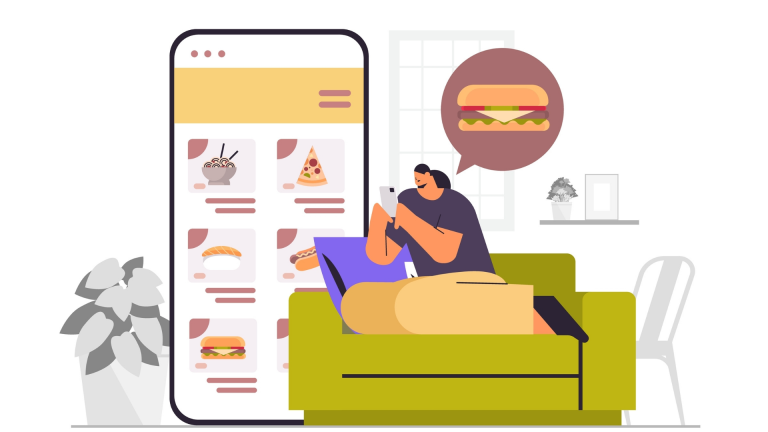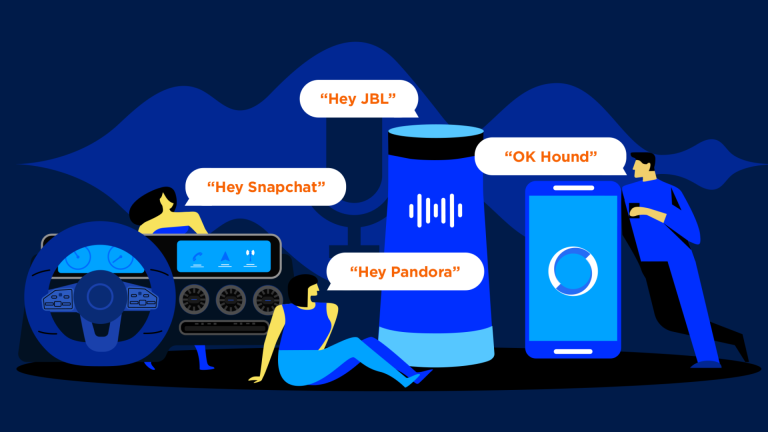You want to know how customers are using your voice assistant, what questions they are asking, and what functions they are trying to perform. Data that is collected and anonymized can be used to inform not only the iterations necessary to improve your user experience but also your short-term and long-term product and services roadmaps.
“Data is one of the most valuable assets to a company today, and it will be only more so in the future,” says John Goscha, Founder & CEO of Native Voice. “With our customers, they want a direct connection to their customer because they want that data. Ultimately, that’s how they know their customer and how they can customize their services.”
What customer data tells you
When your brand has visibility into data insights—including the most common queries, queries that are supported but need custom commands, and those that aren’t supported yet—you can use these data points to inform improvements in the voice experience.
When the voice interface is used to operate a device, for example, manufacturers can easily see what additional functions users would like the product to have and make improvements in subsequent models that further differentiate their products from those of their competitors.
Voice AI data insights
A good analytics capability from a brand-owned voice assistant should provide you these types of parameters:
- Rate of accuracy
- Speed of delivery
- Frequency of false positives or negatives
- Responsiveness in noisy environments
- Ability to understand the accents of your target audience
- Understanding of vocabulary words
- Types of user queries
- Frequency of queries
- Use of domains
- Product functionality requests
General data points, such as accuracy, speed, and false positives or negatives, will give an overview of how your voice assistant is performing. By delving into noisy environments, accents, and vocabulary words, you can look closer at how your audience operates and fine-tune the experience for your users. For example, your target audience may use particular words and they should be incorporated into the voice assistant’s lexicon.
Looking at domain usage, type and frequency of queries, you will get an understanding of what your users are asking of your voice assistant and if they are finding it helpful.
Public domains, for example, often include widely available data such as local search, recipes, traffic, sports, stocks, flight travel, and more. Specialty domains, on the other hand, include information only users of that product, service or app might need, such as for an industry. Perhaps a hospitality domain will include room service menu, activities at a resort or on a cruise ship, terms like canopy ride, flora and fauna, exotic fish names.
The richer the voice assistant’s vocabulary, the more free flowing and satisfying the user’s experience will be.
Product functionality requests are also an important data point to examine to find out how your customers are using your product and what they are asking it to do that it doesn’t yet do. This information will lead to crucial product improvements that can inform the product roadmap in much the same way as expensive market research can.
Like any product introduced to the market, voice assistants are never one and done. They require monitoring and iterations based on user experiences to continuously improve. If your users are constantly frustrated by false positives, lack of accurate responses, or unresponsiveness to certain questions, they will likely abandon your voice assistant and possibly your brand.
Ability to express your brand in the voice assistant
Keeping your customer at the center of your voice design is critical to implementing a voice interface able to respond appropriately based on the user’s situation, emotional state and desired outcomes. The ultimate goal is to create a voice assistant that’s personalized, authentic, human and relatable.
When finding your brand’s voice, consider these elements:
- Developing a voice persona
- Incorporating personalization
- Owning your voice assistant
- Getting stakeholder buy-in
Data retention gives you a window into the success of your voice assistant, the frequency of certain queries, and the times when your users are becoming frustrated. The adage “Knowledge is power,” is true for brands that own their voice-enabled device or app’s user data. Your customers will appreciate the continued iterations of your voice assistant that make their experiences better over time, solving for the challenges they encounter, and answering the questions and providing the functions most important to them.
The very nature of voice assistants allows humans to connect on a more personal level with the world around them—by talking to devices and brands as they would other people. Personalized experiences are a natural extension of these relationships.
Future: sentiment analysis
While Voice AI has seen numerous technological advancements, it is still young and in a highly innovative phase. New technologies on the horizon include the use of specific keywords and sentiment analysis that enable the voice assistant to recognize user moods and adjust accordingly.
Rather than respond by repeating the same request when the voice assistant doesn’t understand a user’s request, it will recognize distress in the user’s language through specific keywords (“help,” “I’m finished,” or more colorful terms) and alter its approach, perhaps asking the question in a different way or altering its length of response or tone.
With sentiment analysis, the voice assistant can sense the user’s tone and respond in a more human-like way: “I’m sorry, I’m new at this” and reframe the question in a different way.
The key point is that the ability to create successful engagements with your customers and strengthen your brand will depend on your awareness of what’s working and what’s not with your voice assistants. The more access you have to this data, and the more technologies at your disposal, will ensure customers view your brand in the best light.









